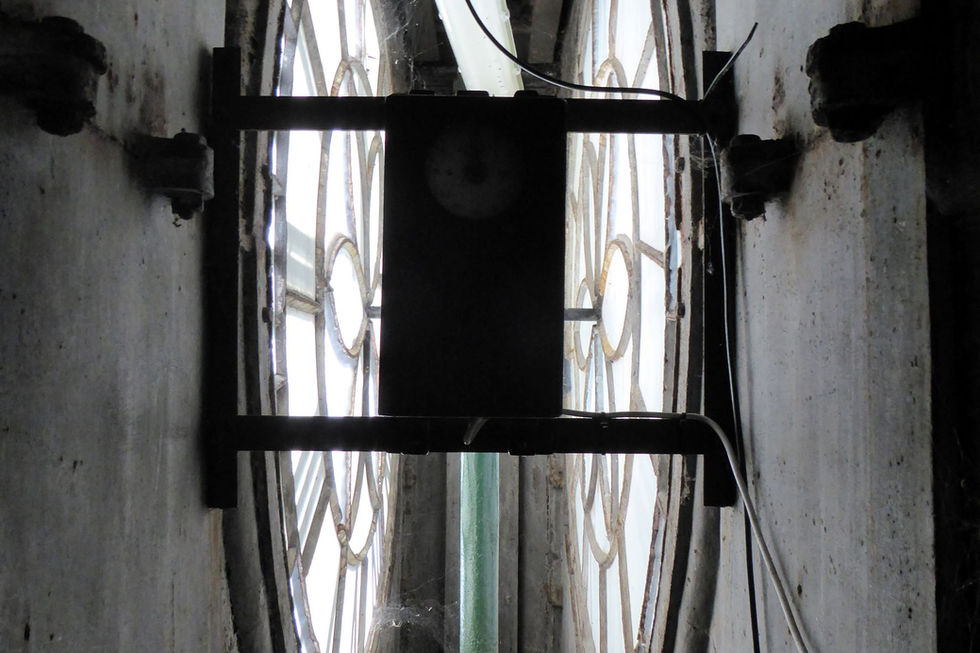
RECENT PROJECTS
ABOUT
DONATE
DONATE

Union Chapel clock
Restoration of the Union Chapel clock
Union Chapel, Compton Terrace, N1 2UN
The Union Chapel was built in 1877 in Gothic revival style. It was designed by James Cubitt (d. 1912) after he won a competition for the design of a new Congregational building in Islington. The main part of the chapel is an octagon set in a square plan, with the imposing tower was completed later in 1889. The Union Chapel clock tower has been an iconic landmark of Highbury and Islington since 1889 and is visible from a long distance. The large projecting clock made by Thwaites & Reeds was added at this date. The clock is cantilevered from the building and sits upon a stone plinth which carries most of its weight. The face has two cast skeleton dials with hands that are run via a large bevel set of gears, mounted on a steel post that, in turn, is mounted on a bridge plate. The original pendulum and weights were removed in 1952 when the mechanism was electrified.
Prior to restoration, the 1950s clock mechanism had not worked for around four years and the arms, clock face and steel structure were in poor condition. To restore the clock’s mechanism a new bridge plate was made for it, its bevel gears were re-conditioned, the hands rebalanced and the clock fitted with new rods and electric mechanism. A new steel beam inserted at the point of cantilever. The corroded metal work in the structure was repaired using the dry ice conservation technique and repainted with anti-corrosive paint. The glass face of the clock was cleaned and repaired and the hands restored with a grant from HOLT.





